Home>Furniture>Living Room Furniture>What To Put In A TV Stand
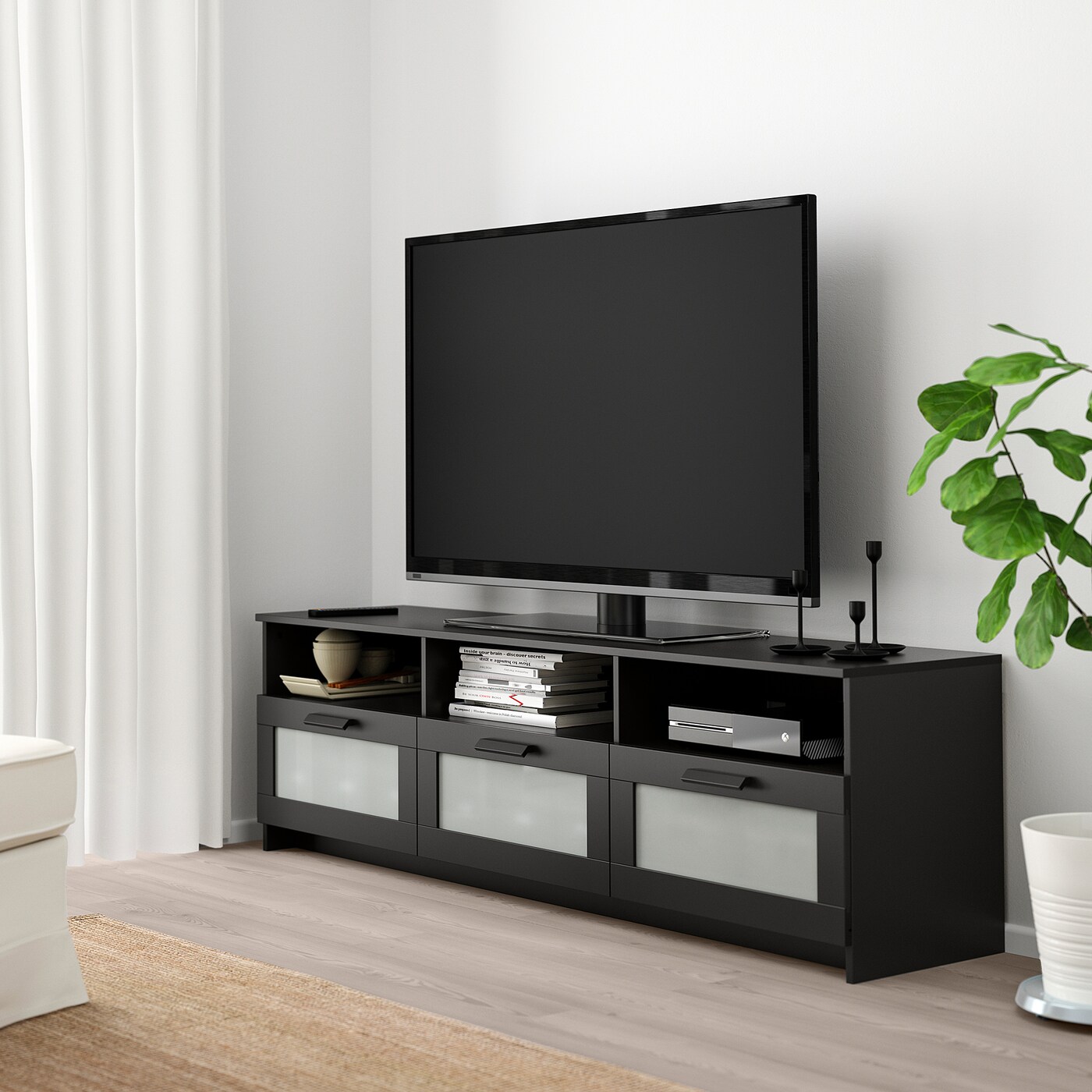

Living Room Furniture
What To Put In A TV Stand
Modified: March 16, 2024
Looking for the perfect TV stand for your living room? Discover our wide selection of living room furniture, including stylish and functional TV stands, at affordable prices.
(Many of the links in this article redirect to a specific reviewed product. Your purchase of these products through affiliate links helps to generate commission for Storables.com, at no extra cost. Learn more)
Introduction
When it comes to setting up your living room, one essential piece of furniture that often takes center stage is the TV stand. Not only does it serve as a functional element to hold your television, but it also plays a crucial role in enhancing the overall aesthetics of your living space.
Choosing the right TV stand is essential to create a cohesive look and ensure that it meets your specific needs. This article will guide you through the factors to consider when selecting a TV stand, and provide helpful tips on what to put in it to make the most out of this piece of furniture.
From size and dimensions to storage options and cable management, there are various aspects to keep in mind. Additionally, choosing the right material and style for your TV stand, and accessorizing it with decorative elements can add a personal touch and elevate the overall look of your living room.
So, let’s dive in and explore what to put in a TV stand to create a well-designed and functional focal point in your living space.
Key Takeaways:
- Choose a TV stand that fits your space and TV size, and consider mounting options for a sleek look. Keep cables organized and add personal touches with accessories for a stylish living room setup.
- Prioritize storage and cable management when selecting a TV stand. Match the material and style to your decor, and personalize with soundbars, LED lighting, and decorative elements for a cozy and functional living room.
Read more: How To Put A TV Stand Together
Size and Dimensions
When selecting a TV stand, one of the first things you should consider is the size and dimensions. This will ensure that your TV stand properly accommodates your television and fits nicely in your living room.
First, measure the width, height, and depth of your television. This will give you an idea of the maximum dimensions your TV stand can be. You’ll want to have enough space for the TV to fit comfortably, with a little extra room on each side for a balanced visual look.
Next, consider the overall size of your living room. Smaller spaces may require a more compact TV stand to avoid overwhelming the room, while larger rooms can accommodate bigger stands to create a more substantial presence.
Additionally, think about the height of your TV stand. The ideal viewing height for your television is typically at eye level when seated, so consider the height of your seating area when selecting a TV stand. You may choose a stand that is at the same height as your seating or opt for an adjustable stand that allows you to find your preferred viewing angle.
Keep in mind that the dimensions of the TV stand should also align with the other furniture in your living room. If you have a large sofa or sectional, a wider TV stand can help balance the visual weight of the room. On the other hand, if you have a minimalist design aesthetic or limited space, a sleek and compact TV stand can be a perfect fit.
By paying attention to the size and dimensions of your TV stand, you can ensure that it fits well in your living room, complements your television, and creates a cohesive and visually pleasing look.
TV Mounting Options
One of the decisions you’ll need to make when setting up your TV stand is whether you want to mount your television or place it directly on the stand.
TV mounting provides a sleek and modern look, as it allows you to hang your TV on the wall above the stand. This option is ideal for saving space and creating a clean aesthetic. Many TV stands come with built-in mounting brackets or offer compatible mounting options for convenience.
If you choose to mount your TV, consider the weight and size of your television to ensure that your TV stand and mount can support it properly. Also, be mindful of the viewing angle and height when selecting the mounting position. Wall-mounted TVs often provide a better viewing experience by allowing you to adjust the angle to your preferred position.
Alternatively, you can opt to place your television directly on the TV stand. This option is more traditional and may be preferred if you have a smaller television or if you want the flexibility to move and adjust the position of your television easily.
When choosing a TV stand for placing your television, check for a sturdy and stable base that can support the weight of your TV. Additionally, ensure that the dimensions of the stand are suitable for your television’s size.
Ultimately, the decision between TV mounting or placing it directly on the stand depends on your personal preferences, the layout of your living room, and the overall aesthetic you want to achieve.
Remember to follow the manufacturer’s instructions and guidelines when mounting your television to ensure a secure and safe installation.
Storage Space and Shelves
A TV stand not only serves as a platform for your television but also provides valuable storage space for media devices, gaming consoles, DVDs, and other entertainment accessories. When considering what to put in your TV stand, think about the storage needs you have.
Look for a TV stand with ample storage options, such as shelves, cabinets, or drawers. This will help you keep your media components organized and easily accessible.
Open shelves are a popular choice as they allow for easy visibility and access to your devices. Consider the number and height of the shelves, as this will determine how many items you can store and whether they can accommodate larger components like gaming consoles or sound systems.
Cabinets with doors are an excellent choice if you prefer to keep your devices and clutter hidden from view. They provide a tidy and streamlined look by concealing cables, remotes, and other miscellaneous items.
Drawers are another option for storing smaller items such as DVDs, remote controls, or gaming controllers. They offer a convenient and organized solution for keeping your entertainment accessories within reach but out of sight.
When deciding on storage options, consider the specific needs of your media setup. If you have many gaming consoles, DVD collections, or cable boxes, prioritize a TV stand with multiple shelves or compartments. If you have minimal media components, a more minimalist design with fewer storage options might be suitable.
It’s important to strike a balance between functionality and aesthetics when selecting a TV stand with storage. Choose a stand that not only meets your storage needs but also complements the style and design of your living room.
By utilizing the storage space and shelves efficiently, you can keep your entertainment area organized and create a clutter-free environment in your living room.
Consider the size of your TV and any additional media devices when choosing what to put in a TV stand. Make sure there is enough space for storage and proper ventilation for electronics.
Cable Management
One of the challenges that often comes with setting up a TV stand is managing the myriad of cables and wires from your media devices. Messy cables can detract from the overall aesthetic of your living room and even pose a safety hazard.
When considering what to put in your TV stand, it’s essential to prioritize cable management solutions. Look for a TV stand that offers built-in cable management features or consider investing in cable management accessories.
TV stands with cable management features typically have integrated cable channels or openings in the back panel. These allow you to route and conceal your cables, keeping them organized and out of sight. Some TV stands even offer dedicated compartments or hidden storage areas specifically designed for cable management.
If your TV stand doesn’t have built-in cable management options, there are several accessories you can use to tidy up your cables. Cable ties, cable clips, and cable sleeves are practical solutions for bundling and concealing your cords. These accessories help keep your cables neat, prevent tangling and tripping hazards, and maintain a clean and organized appearance.
When arranging your cables, be mindful of the placement of your media components, such as gaming consoles, sound systems, and cable boxes. Positioning them closer to the back of the TV stand will allow for easier cable management and minimize the visibility of cables from the front.
Consider using color-coded cable ties or labels to identify and distinguish different cables, making it easier to troubleshoot or make changes in the future.
Effective cable management not only improves the aesthetic of your TV stand but also makes maintenance and setup much more convenient. By investing time and effort into organizing and hiding your cables, you can create a clean and streamlined look in your living room.
Read more: How To Put Together LG OLED TV Stand
Material and Style
When selecting a TV stand, the material and style play a significant role in the overall aesthetic appeal of your living room. The right material and style can complement your existing decor and create a cohesive look.
TV stands come in a variety of materials, including wood, metal, glass, and even a combination of these materials.
Wooden TV stands are a popular choice for their timeless and versatile appeal. They can range from lighter woods like pine or oak to darker woods like walnut or mahogany. Wooden stands can add warmth and natural beauty to your living room and often offer durability and longevity.
Metal TV stands are known for their sleek and modern appearance. They are typically made of steel or aluminum and often have a minimalist design. Metal stands can offer a contemporary and industrial look to your living room.
Glass TV stands can add a touch of elegance and sophistication to your living room. They have a transparent or frosted glass top and usually feature metal or wooden frame accents. Glass stands are sleek and can create a sense of openness and spaciousness.
In addition to the material, consider the style of the TV stand. There are various styles to choose from, including traditional, modern, rustic, and industrial.
Traditional TV stands are characterized by classic designs and often feature intricate details, such as carving or molding. They can add a touch of elegance and sophistication to your living room, especially if you have a more traditional or formal decor style.
Modern TV stands have clean lines, minimalistic designs, and often incorporate sleek materials like glass or metal. They are perfect for contemporary and minimalist living rooms, adding a sleek and stylish touch.
Rustic TV stands have a distressed or reclaimed wood finish, giving them a cozy and earthy feel. They are ideal for farmhouse or cottage-style decor, adding a touch of warmth and charm.
Industrial TV stands feature raw and rough materials like metal and reclaimed wood. They have a bold and edgy look and work well with urban or loft-style interiors.
Consider the existing elements in your living room, such as your furniture, flooring, and wall colors. Choose a TV stand material and style that complements these elements and reflects your personal taste and style.
By selecting the right material and style, you can ensure that your TV stand becomes a stylish and cohesive part of your overall living room design.
Accessories and Decorations
Once you have chosen the perfect TV stand for your living room, it’s time to think about the accessories and decorations that will enhance its visual appeal and personal touch.
One common accessory for TV stands is a soundbar. A soundbar is a slim and elongated speaker that can be placed in front of or mounted below your television. It provides improved audio quality and enhances your overall viewing experience. Look for a TV stand that has a designated space or shelf for a soundbar, or consider mounting it directly onto the wall above or below the TV stand.
Another popular accessory is LED lighting. LED light strips can be attached to the back of your TV stand, providing a soft glow that not only adds a stylish look but also reduces eye strain during TV viewing. LED lighting can create a cool ambiance and is available in various colors to suit your taste and living room theme.
Consider incorporating decorative elements on and around your TV stand to add a personal touch. This can include framed photos, artwork, or even plants. A gallery wall above the TV stand can create a focal point and add personality to your living room.
When choosing decorations, ensure they are in proportion to your TV stand and don’t overwhelm the space. Use a mix of textures, colors, and sizes to create visual interest. Arrange the items in a balanced and cohesive manner, keeping in mind the overall style of your living room.
Cable management accessories can also play a decorative role. Cable clips or cable sleeves in a complementary color can help keep your cables organized while adding a stylish touch to your TV stand setup.
Lastly, consider the functionality of your TV stand by adding practical elements like a remote control organizer or a media remote holder. These accessories can help keep your remotes easily accessible and prevent them from getting lost or cluttering up the TV stand.
Remember to keep the overall look of your TV stand and accessories cohesive with the rest of your living room decor. Choose items that reflect your personal style and create a comfortable and inviting atmosphere in your entertainment area.
By integrating accessories and decorations, you can transform your TV stand into a stylish and personalized focal point in your living room.
Conclusion
Choosing the right TV stand is crucial for creating a well-designed and functional living room. By considering factors such as size and dimensions, TV mounting options, storage space and shelves, cable management, material and style, and accessories and decorations, you can maximize the potential of your TV stand.
Size and dimensions are important to ensure your TV stand fits properly in your living room and accommodates your television. Whether you choose to mount your TV or place it directly on the stand depends on your preferences and the layout of your space.
Storage space and shelves are essential for organizing your media devices and accessories. Look for TV stands with ample storage options, such as open shelves, cabinets, or drawers, to keep your entertainment area clutter-free.
Cable management is a key consideration to maintain a clean and organized look. Opt for TV stands with built-in cable management features or utilize accessories like cable ties and clips to keep your cords tidy and out of sight.
The material and style of your TV stand should complement your existing decor and personal style. Whether you prefer wood, metal, glass, or a combination, choose a material that suits your aesthetic taste.
Lastly, accessories and decorations can enhance the visual appeal of your TV stand. Consider items like soundbars, LED lighting, framed photos, or plants to personalize your space and create a welcoming atmosphere.
In conclusion, selecting a TV stand involves a combination of practicality and style. By considering the various factors discussed in this article, you can make an informed decision on what to put in your TV stand and create a beautiful and functional focal point in your living room.
Frequently Asked Questions about What To Put In A TV Stand
Was this page helpful?
At Storables.com, we guarantee accurate and reliable information. Our content, validated by Expert Board Contributors, is crafted following stringent Editorial Policies. We're committed to providing you with well-researched, expert-backed insights for all your informational needs.
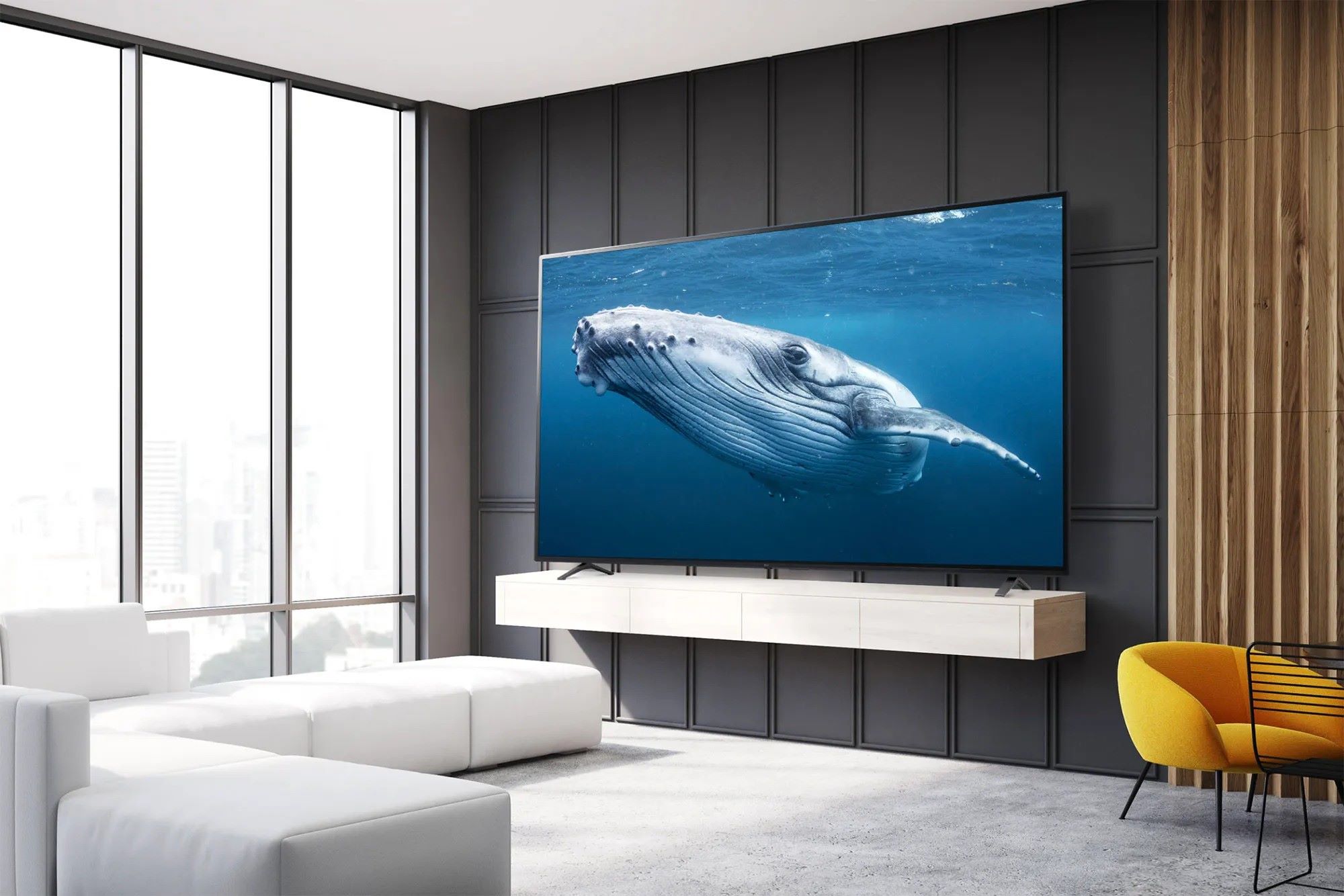
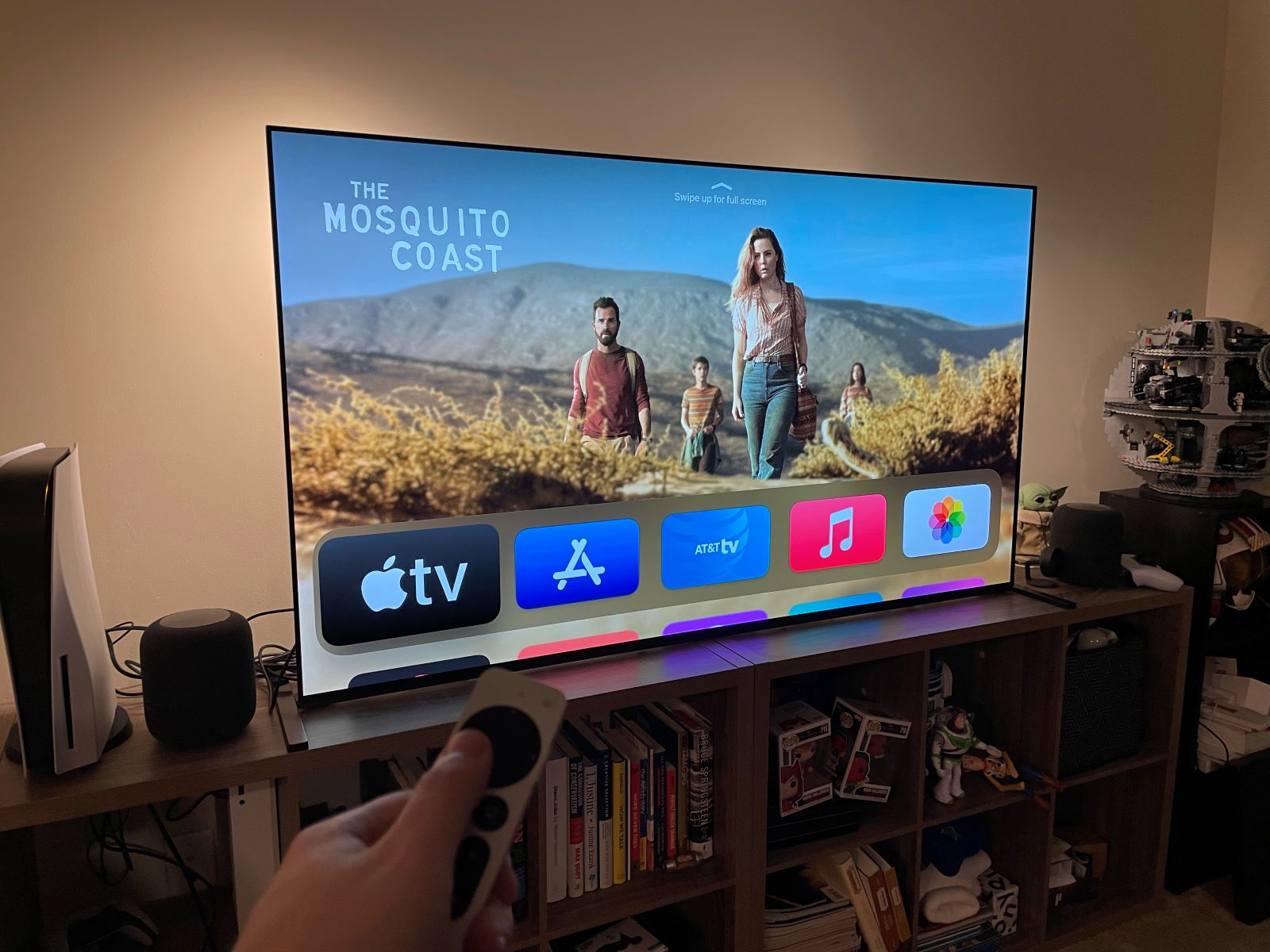
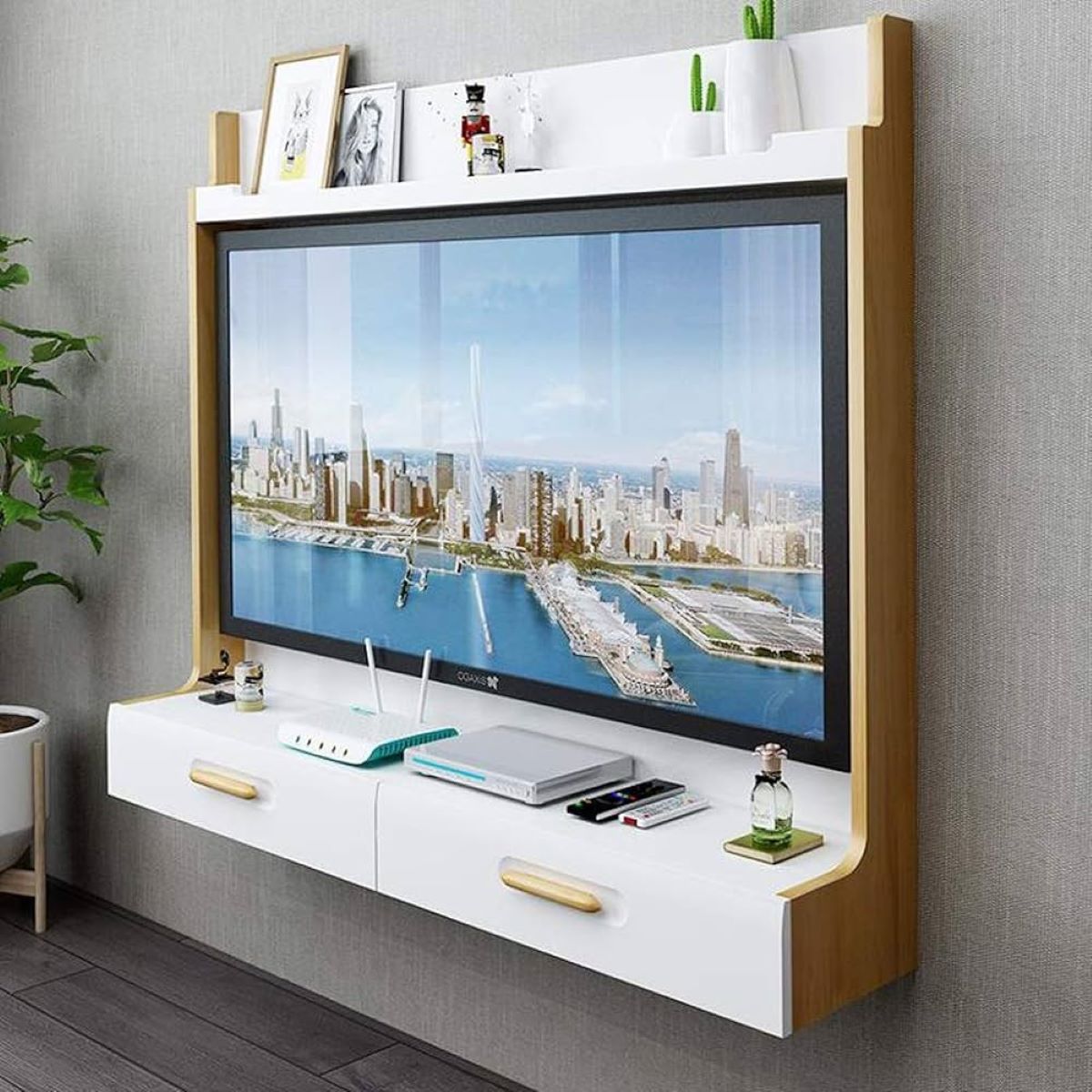
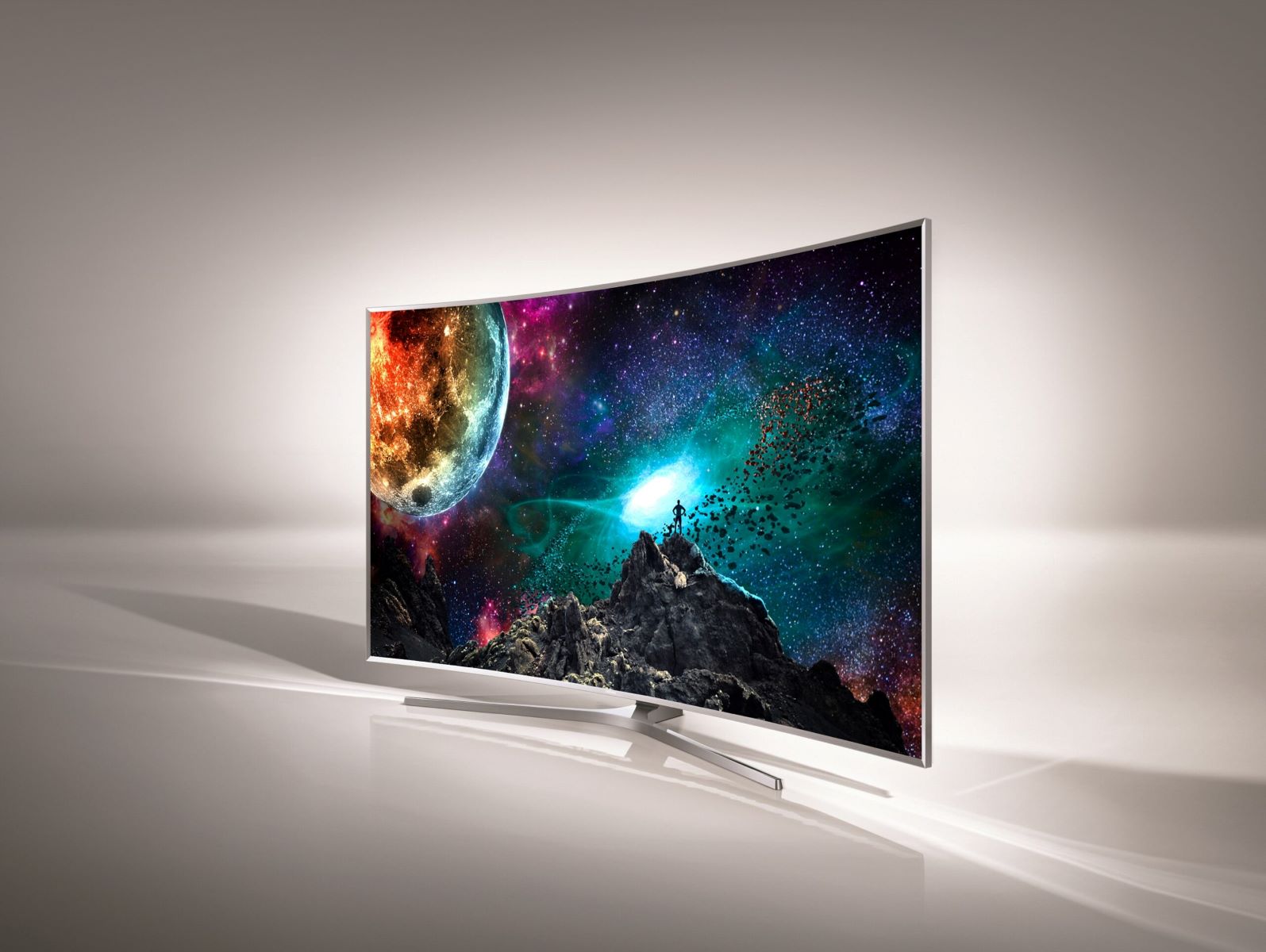
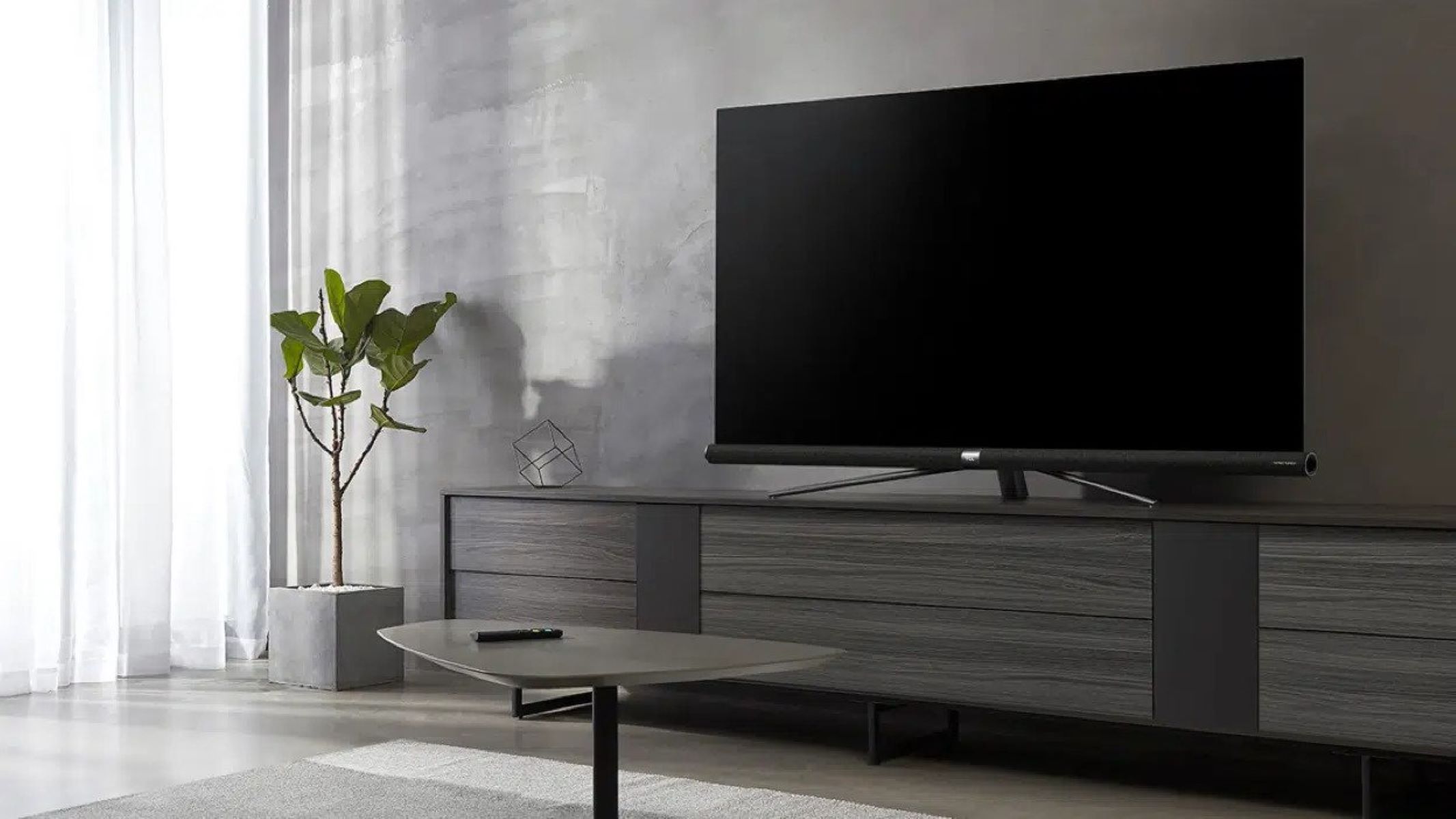
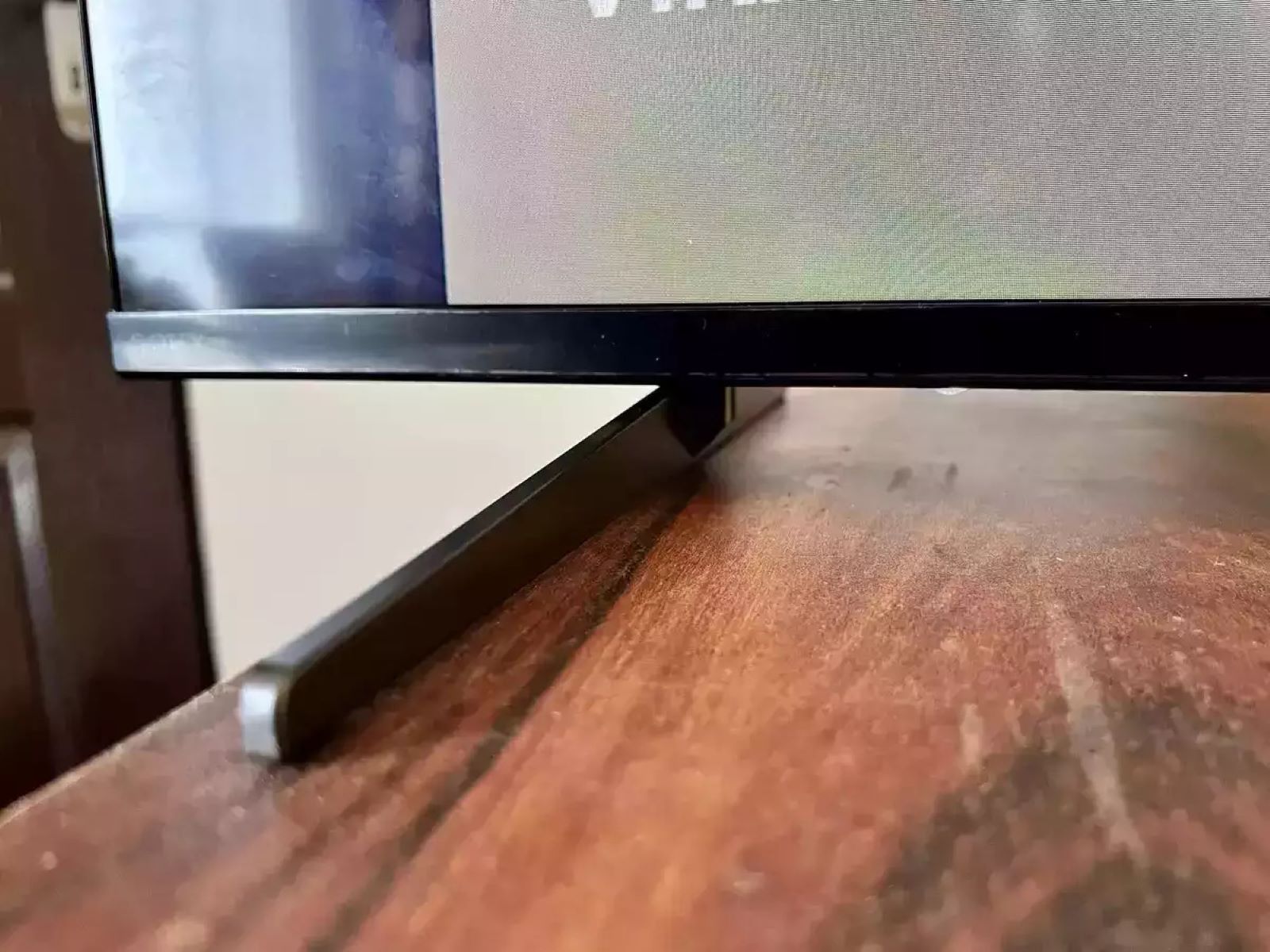
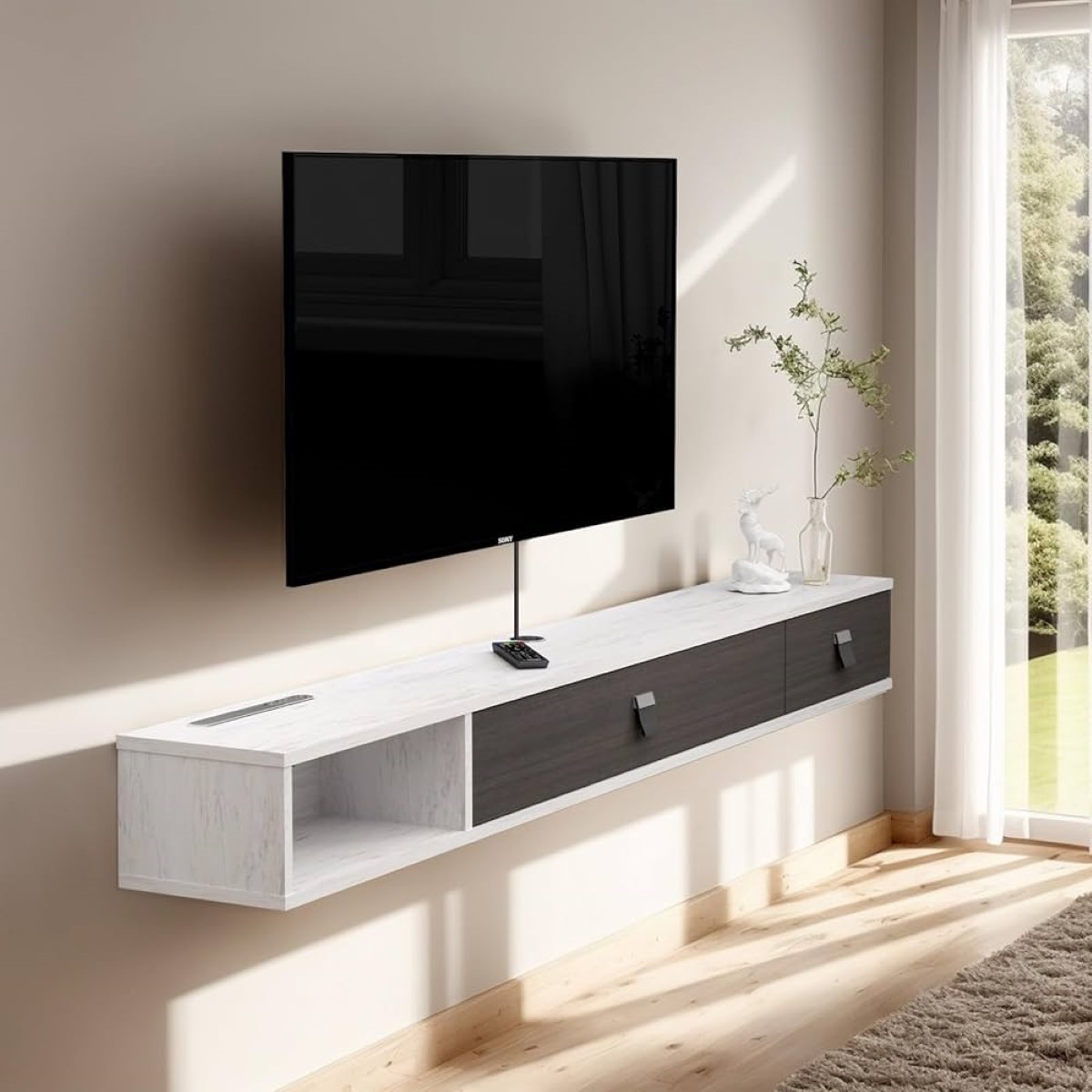
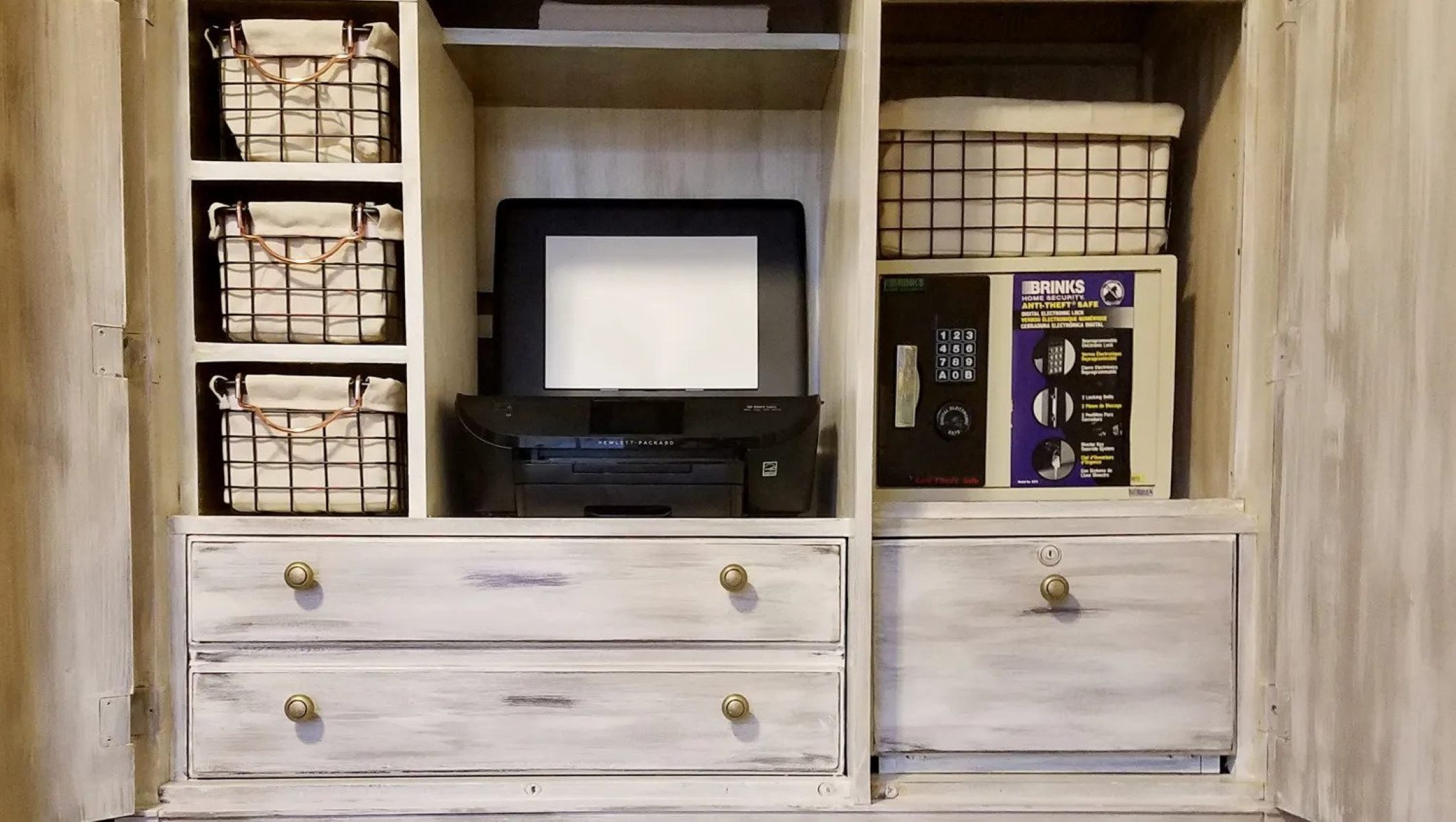
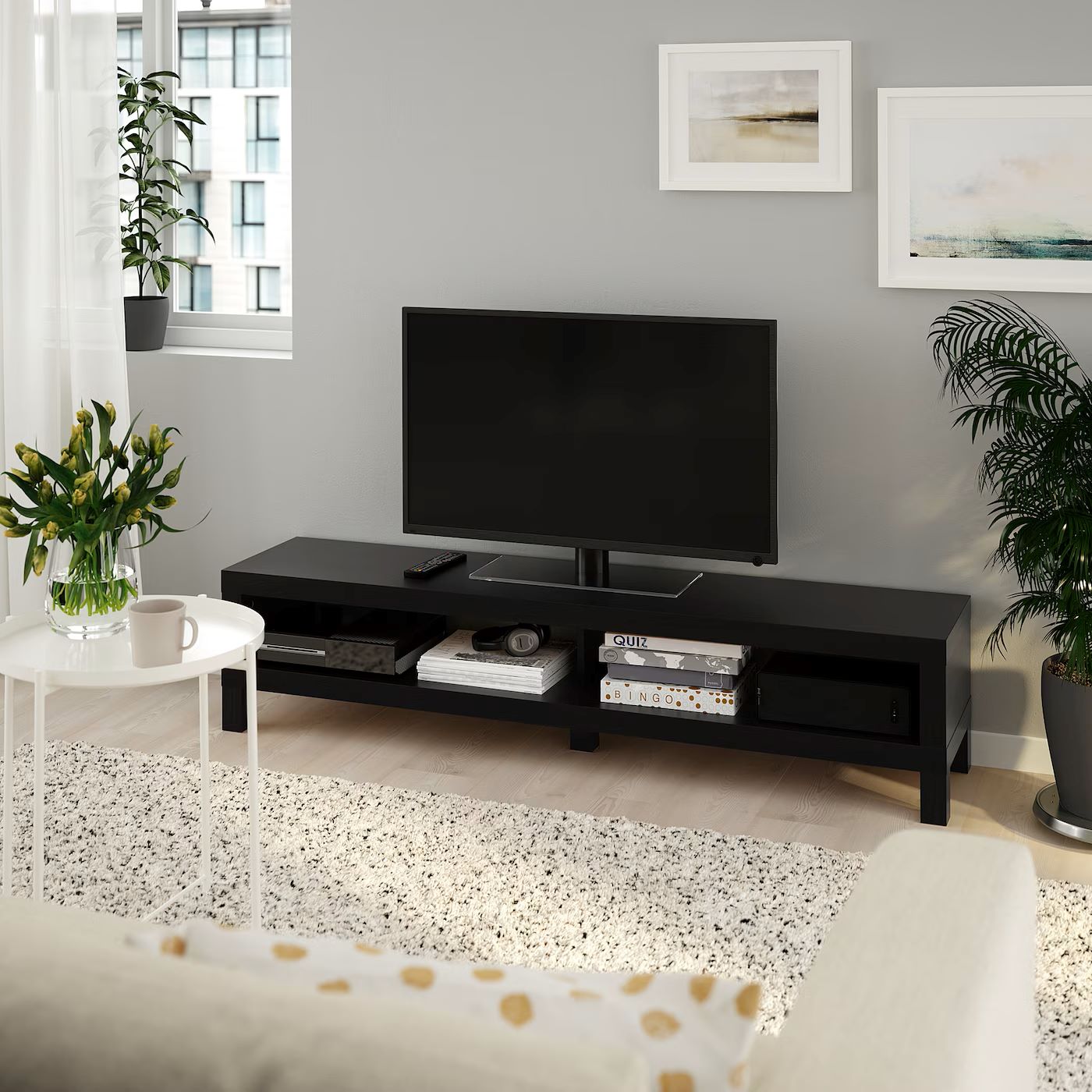
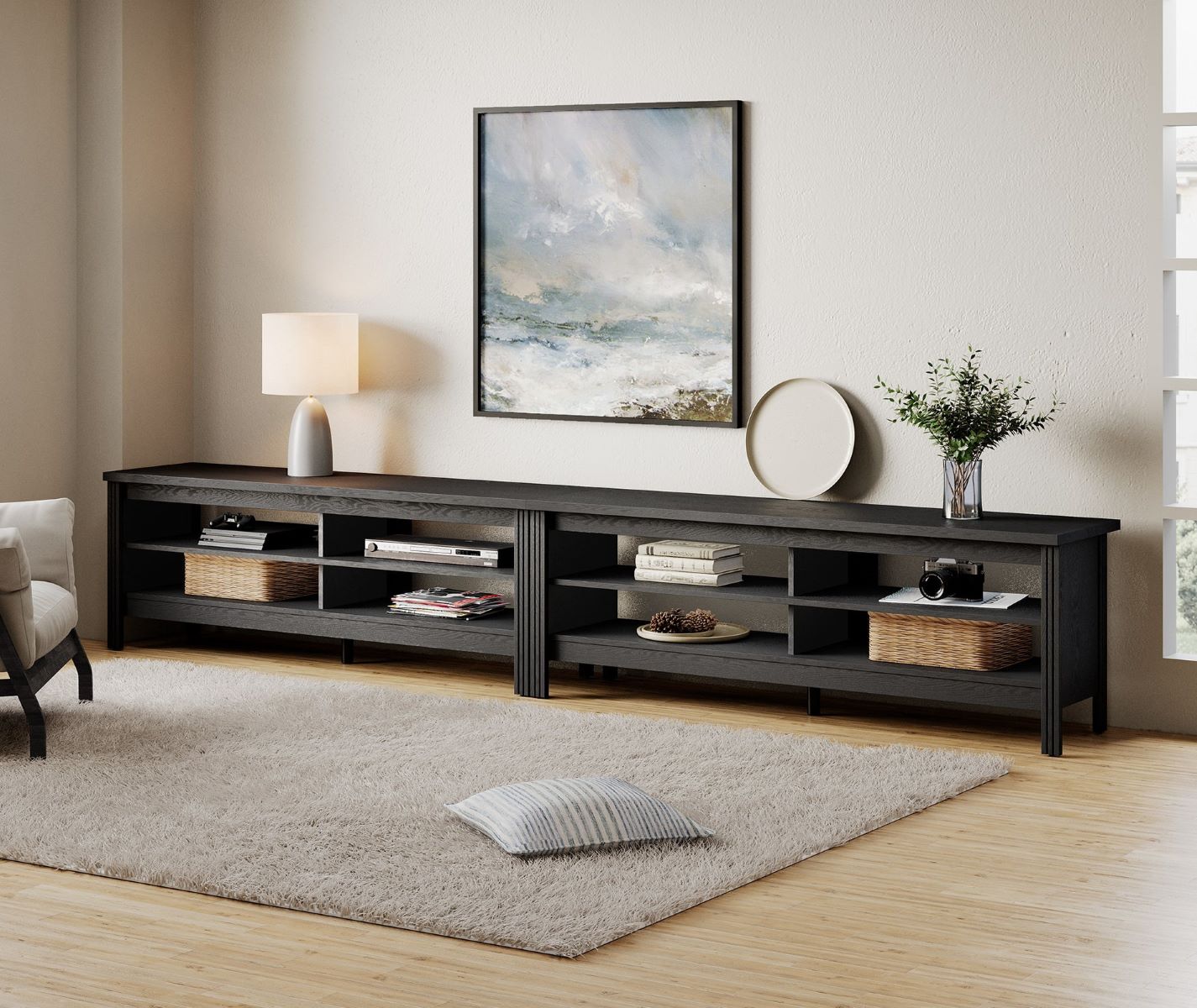
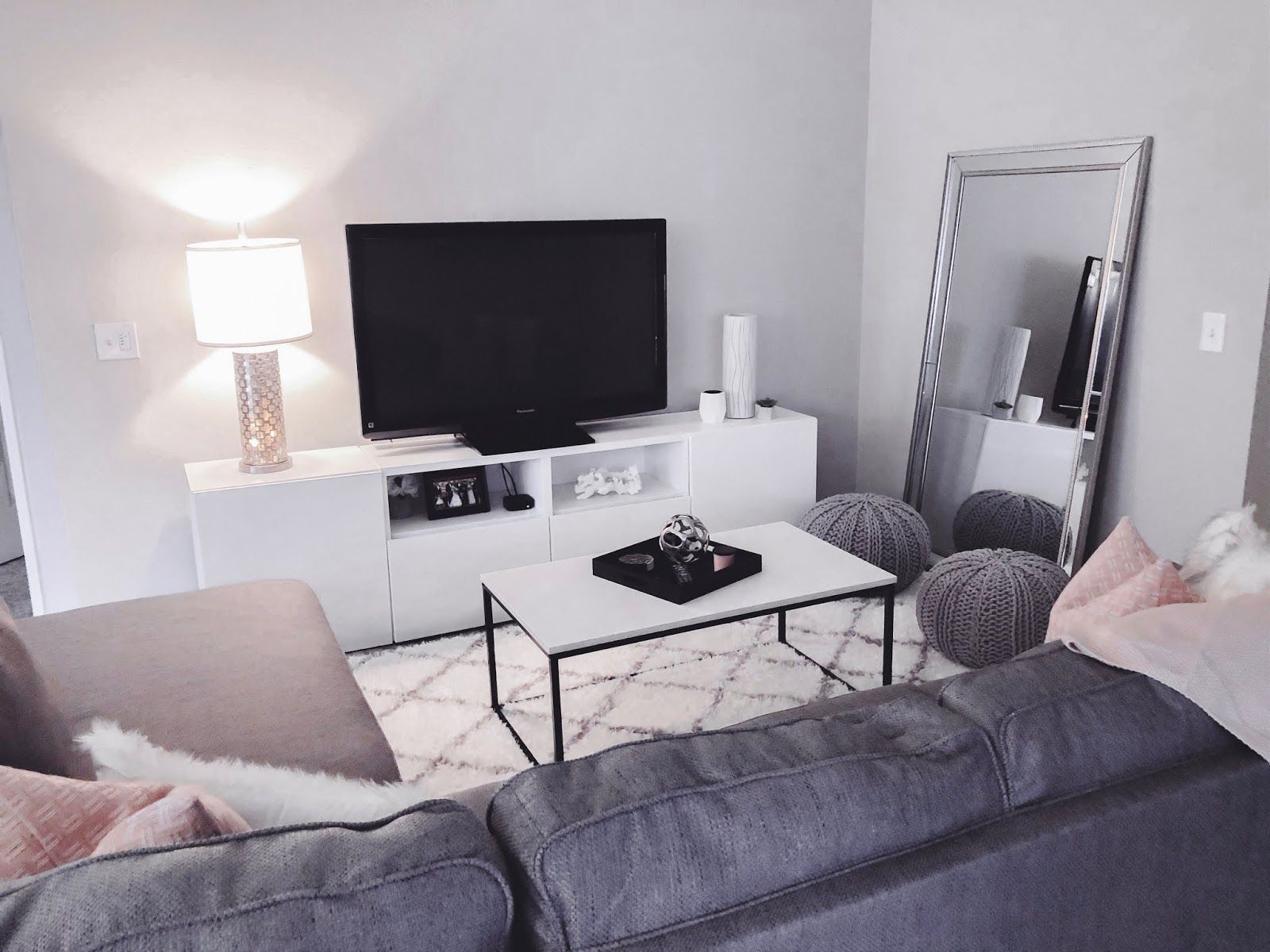
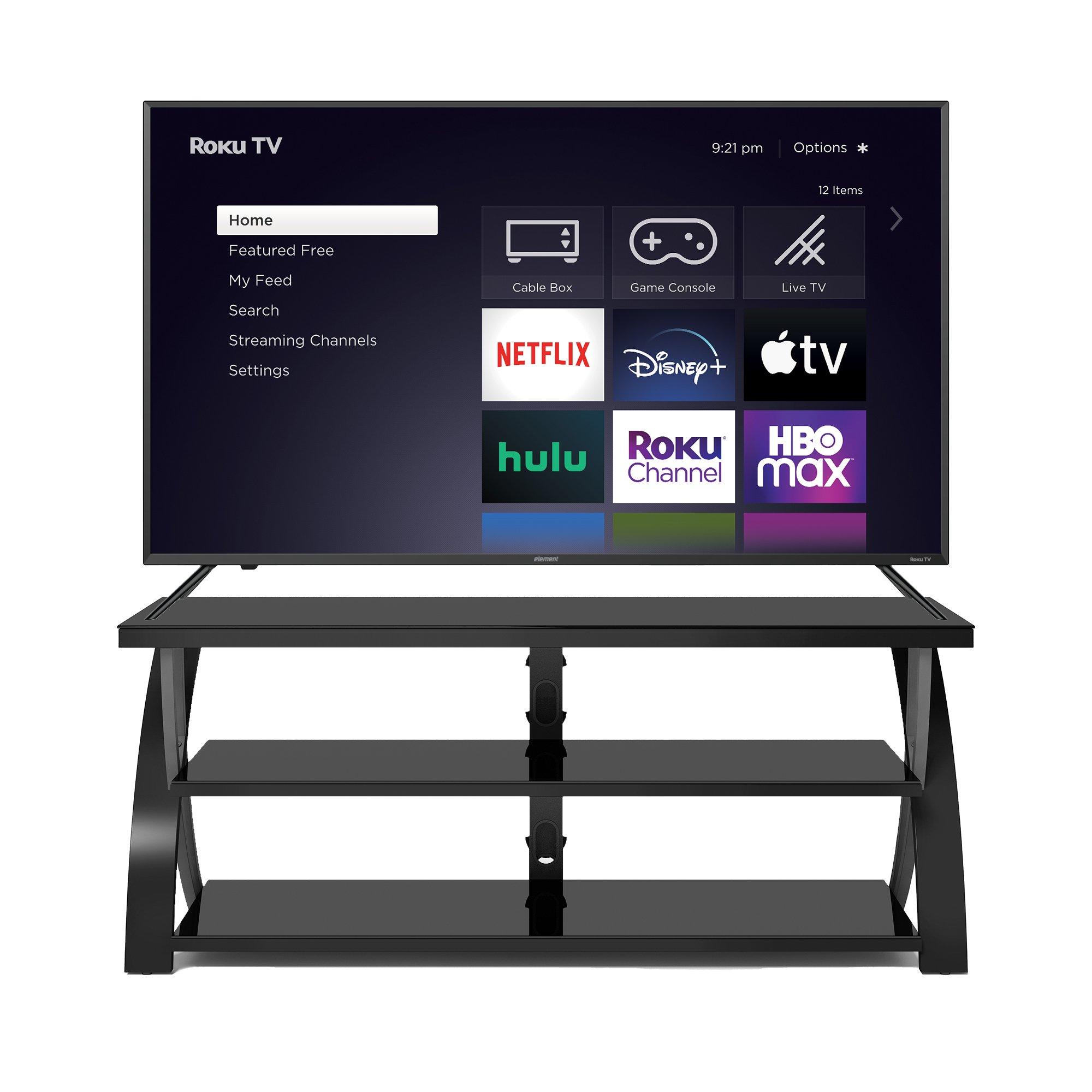
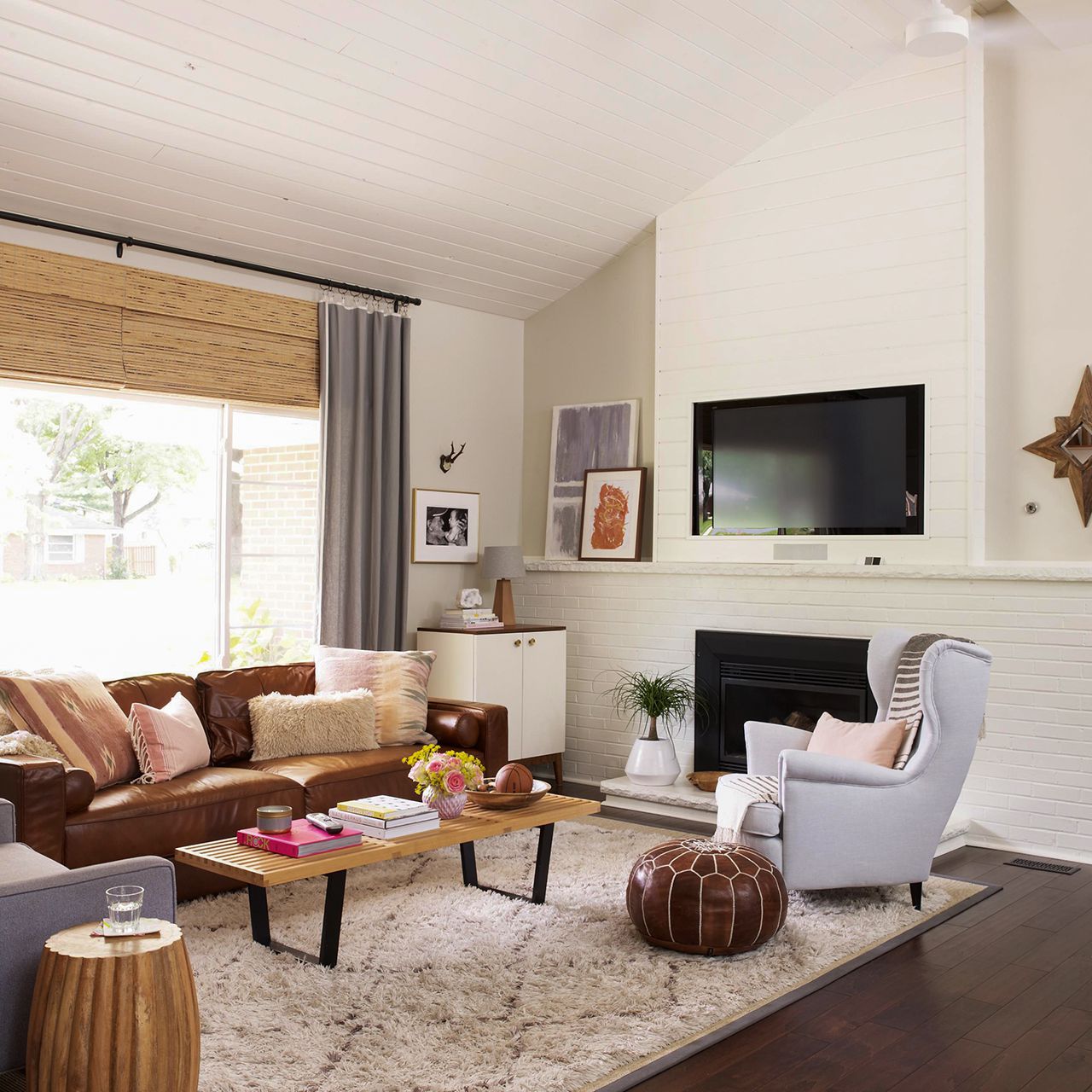
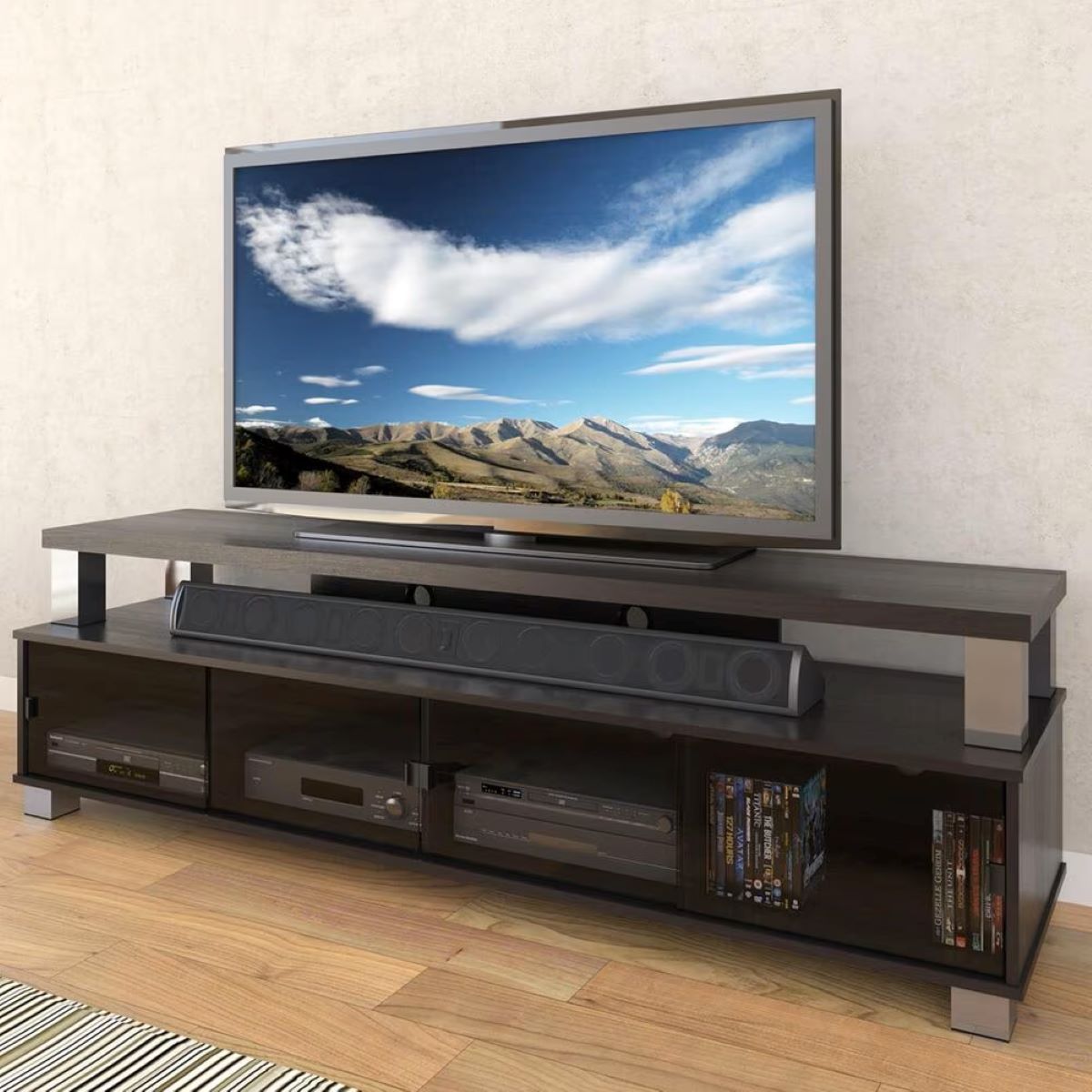

0 thoughts on “What To Put In A TV Stand”